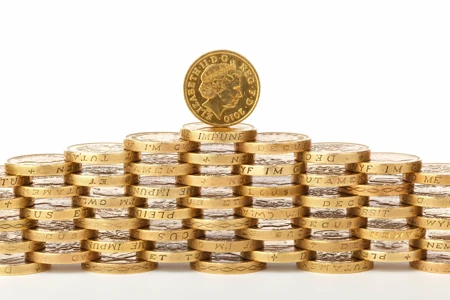What does the rate rise mean?
Until November 2017, when the last rate rise was announced by the Bank of England, we had enjoyed historically low interest rates which was allowing many homeowners to benefit from lower mortgage payments than had been enjoyed before the previous base rate change in May 2007.
In my opinion, today’s decision to raise the Bank of England base rate highlights that current economic indicators have provided reason to reduce monetary easing within the economy. This suggests that the market may be on track to return to how it was prior to May 2007 and we may see a slow increase in rates until they return to ‘normal’ levels.
What does this mean for homeowners?
The increase in rates will have little effect on current homeowners and recent borrowers who opted for a fixed rate mortgage product, which has been a trend for the majority of borrowers for a significant period of time now. However, the rise may affect these homeowners once their fixed rate mortgage term has ended, in which case they may look to remortgage if their lender has raised their rate significantly.
Those currently on a tracker mortgage, or sitting on their lender’s standard variable rate, are likely to be most affected by the rate rise, as lenders typically raise their rates in line with the Bank of England base rate, although this is not the only factor affecting the rates they offer.
What does this mean for aspiring homeowners?
The rate rise should not put aspiring homeowners off getting on the property ladder. In fact, the rise indicates that interest rates may be on an upward trend in order to return to more ‘normal’ levels, which suggests that this may just be the start of a series of increases.
Aspiring homeowners may therefore look to act fairly quickly in order to secure as low a rate as possible, considering a fixed rate mortgage product in order to protect that low rate.

